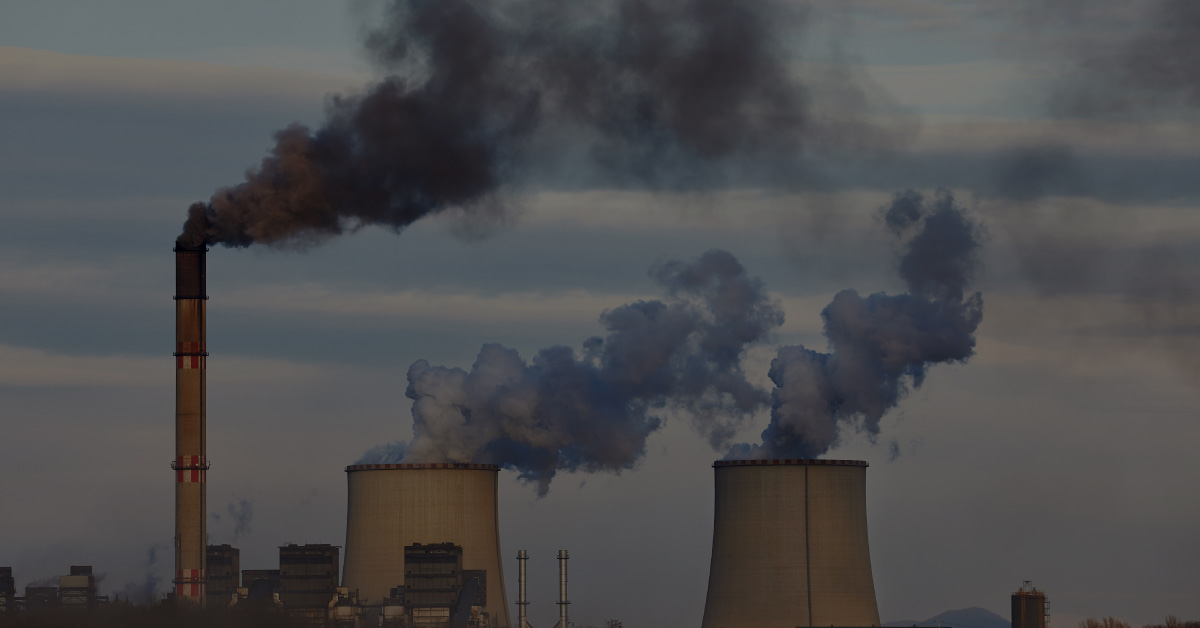Climate change is one of the biggest political and economic issues of our age, quite possibly the most important. The global economy’s continued reliance on burning fossil fuels to produce energy emits large volumes of greenhouse gases which are warming the planet’s climate.
Given the risks and uncertainties around the implications of climate change, (as with any political issue where fear is invoked) there are quite extreme views which are gaining traction. One of these is that a solution to climate change is to reduce total energy consumption. In other words, rising demand for energy is bad, because much of this energy is powered by fossil fuels, and as such energy consumption in and of itself is bad. We must, the argument goes, go in the other direction and cut energy consumption.
The environment is important and combatting climate change is important. We agree on that. But human development and wellbeing is also very important too. Billions of people live in poverty or conditions close to poverty and we believe strongly that those people deserve better lives, higher incomes, and higher standards of living. We would hope even the most ardent environmentalist would agree with this sentiment.
Human development is inextricably linked to energy consumption. If we plot each country in the world on a chart, with GDP (income) per capita on the x-axis and electricity consumption per capita on the y-axis, what we see is a very strong correlation between income per capita (a powerful measure of living standards) and electricity consumption. As living standards rise, so too does electricity and energy consumption to facilitate those higher living standards. One is not possible without the other.
We have produced this chart plotting all of the world’s countries onto it. And there is a glaring gap, a large area of empty space on the bottom right of this chart. The bottom right of the chart represents high income per capita (high living standards) and low energy consumption. There are zero examples of any countries in this area of the chart. In other words, there are no high living standards, low energy use countries. Not one. 100% of countries with high living standards have high energy consumption per capita. 100% of countries with low living standards have low energy consumption per capita.
Let’s use some examples. Ethiopia has GDP per capita of approximately $1,000. Its corresponding electricity consumption per person is 80 kWh. Japan has GDP per capita 40x higher at c. $40,000 per person, while the average Japanese citizen consumes 94x as much energy at c. 7,500 kWh.
Even if we look at middle income countries, the differences are incredible. GDP per capita in Indonesia is approximately $4,000 and its corresponding energy consumption per capita is 1,000 kWh. To get to where China is today (let alone the US or Japan), Indonesia (population 274 million) would see its per capita income rise +400% and its energy use per capita rise +500%.
The majority of humanity, 7 billion people, live in middle and low-income countries. The development of these nations into increasingly wealthy countries with higher living standards means only one thing for energy demand and global energy consumption. It is going to go up a lot!
The idea that we can limit, or even reduce, global energy demand is a fantasy. What’s more, it is not even desirable because it would mean those living in poverty stay living in poverty. We all want the world’s poor to be lifted out of poverty, and that means more energy, not less.
But this doesn’t mean we can just forget the environment either. Climate change is real, humanity’s impact on the climate and natural world is real and getting worse, solutions are needed here.
And here is where the incredible opportunity lies for investors. Rather than burying our heads in the sand and hoping for the best, there are pragmatic solutions that can facilitate the optimal outcome here, one where global energy demand rises substantially to facilitate higher living standards for all, while also becoming much less carbon intensive and thus limiting the effects of climate change.
What’s more, the scale of this opportunity is often mis-understood. After decades of investment in renewables the global economy still only gets 4% of its energy from wind and solar. There is a very long way to go in the build out of renewables. Nuclear power (another source of zero carbon energy) generates another 4%. Again, a lot of upside here from accelerated build outs. Fossil fuels is still 77%!
Huge investment is required in electricity grid infrastructure, electric vehicles, wind turbines, solar panels, nuclear reactors and their associated supply chains, and many other technologies, businesses, and services that will be part of the story of delivering more energy for humanity with lower environmental cost.
Climate change may seem scary to many, but to us as long-term investors, we are genuinely extremely excited about the investment opportunities on offer today in this mega-trend in the global economy.
Disclaimer: The views expressed in this article are those of the author at the date of publication and not necessarily those of Dominion Capital Strategies Limited or its related companies. The content of this article is not intended as investment advice and will not be updated after publication. Images, video, quotations from literature and any such material which may be subject to copyright is reproduced in whole or in part in this article on the basis of Fair use as applied to news reporting and journalistic comment on events.


